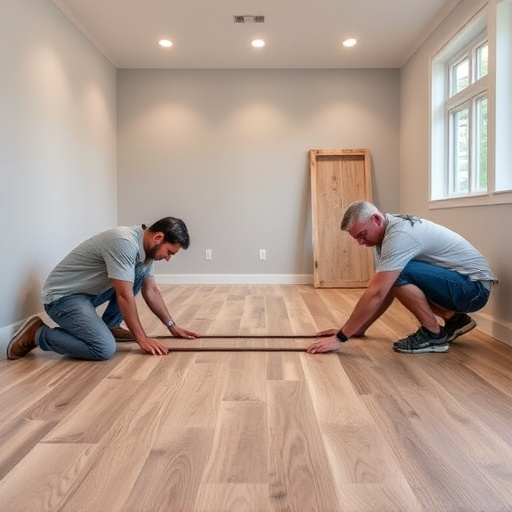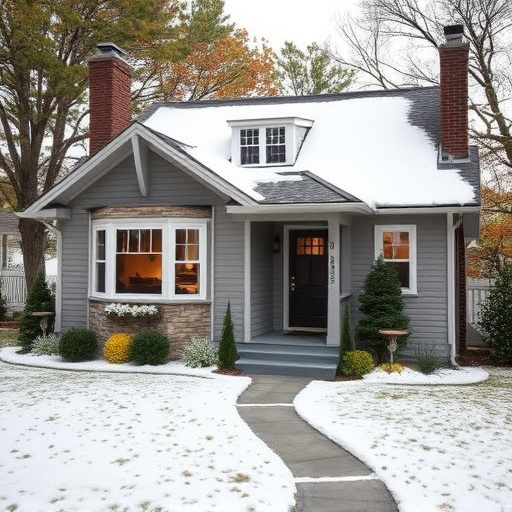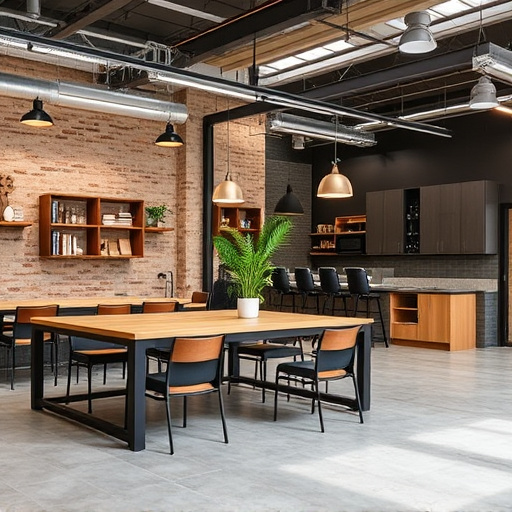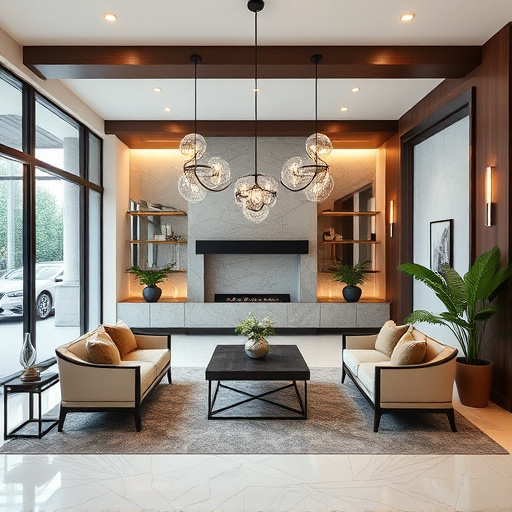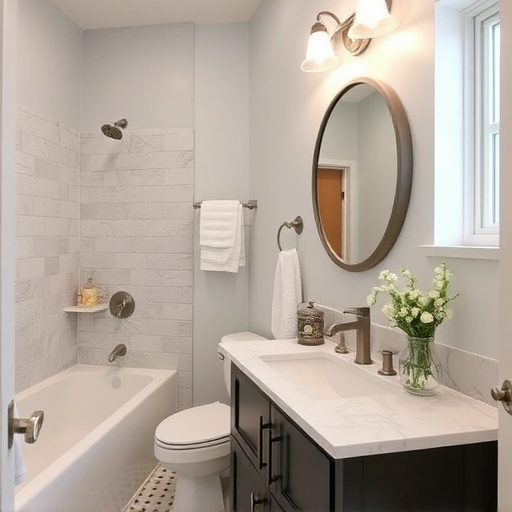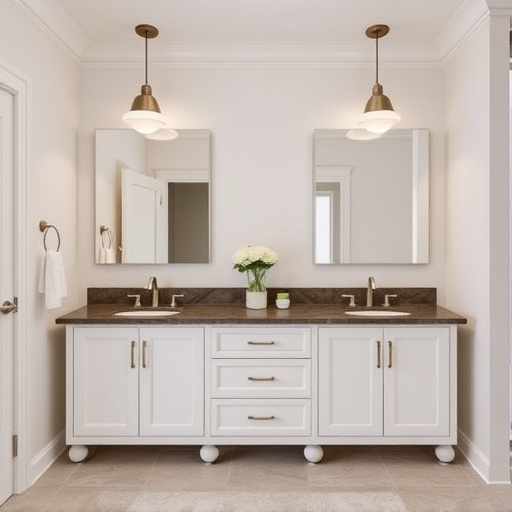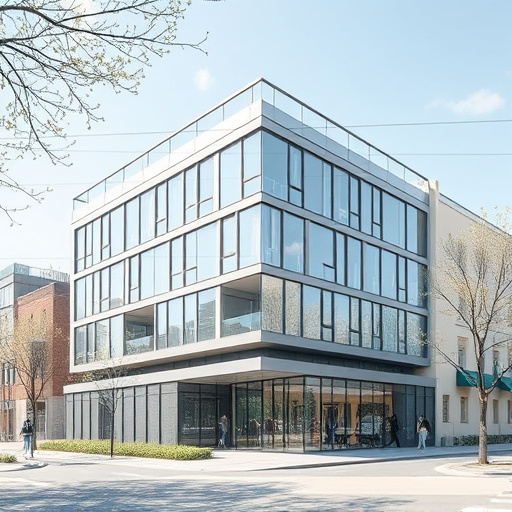Aging in place has become a popular choice for seniors seeking independence, and custom remodels play a vital role in supporting this trend. These projects focus on transformative kitchen and bathroom upgrades to enhance accessibility and functionality, ensuring seniors can navigate their homes safely and comfortably. Key factors for successful custom remodels include understanding client needs, adhering to regulations, selecting functional yet aesthetically pleasing materials, and coordinating trades. Common adaptations like grab bars, ramps, and widened doorframes improve mobility while interior painting refreshes spaces accommodating specific lighting and mobility aids. Ultimately, these projects create safe, comfortable, and visually appealing environments enabling seniors to live independently in their homes.
As our population ages, the concept of aging in place has gained prominence. This approach enables seniors to live independently in their homes for as long as possible. Custom remodel projects play a pivotal role in achieving this by adapting living spaces to meet changing needs.
This article explores how tailored renovation strategies can enhance comfort and accessibility for the elderly, offering a glimpse into creating inclusive, senior-friendly environments through innovative custom remodels.
- Understanding Aging in Place and Its Benefits
- Custom Remodel Design Strategies for Elderly Comfort
- Practical Considerations for Successful Implementation
Understanding Aging in Place and Its Benefits
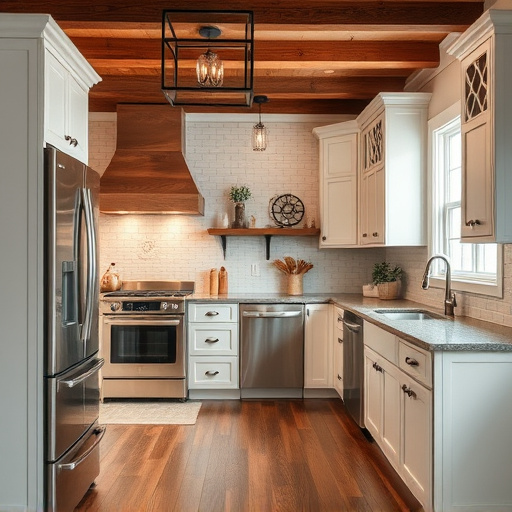
Aging in place is a growing trend among seniors who wish to maintain their independence and live comfortably in familiar surroundings as they grow older. This concept involves making modifications to one’s home to accommodate changing physical needs, ensuring individuals can navigate their space safely and easily. By embracing aging in place, homeowners can delay the need for relocation, foster a sense of community, and preserve cherished memories associated with their living environment.
Custom remodel projects play a pivotal role in supporting this lifestyle choice by offering tailored solutions. A multiple room remodel, focusing on transforming kitchens and baths, is one way to enhance accessibility. These spaces often become the heart of a home, and updating them can improve daily routines, increase safety, and provide a more enjoyable living experience for seniors. Home transformations that cater to aging in place are not just about aesthetics but also about functionality, ensuring every element serves a purpose in promoting comfort and ease for those who call the space their own.
Custom Remodel Design Strategies for Elderly Comfort
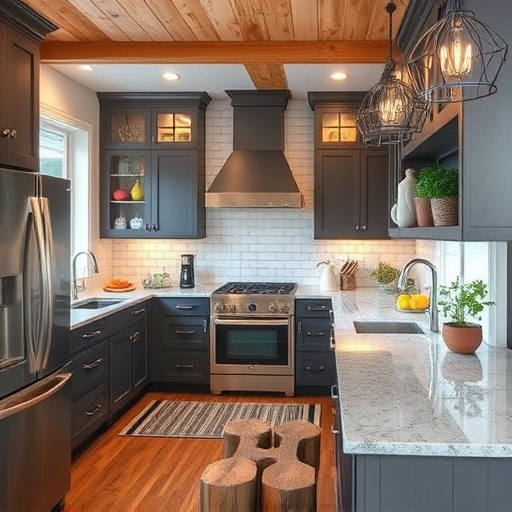
As individuals age, their physical needs and preferences change, making it essential to adapt living spaces for greater comfort and accessibility. Custom remodel design strategies play a pivotal role in supporting aging in place by incorporating features that cater to these evolving requirements. One key approach is to create open floor plans that allow for easy mobility and facilitate the use of assistive devices like walkers or wheelchairs.
Additionally, incorporating specialized fixtures and finishes, such as grab bars in bathrooms and non-slip flooring throughout the home, enhances safety and independence. Customized work on interior painting can also transform spaces, offering better lighting to reduce eye strain and creating calming color palettes that promote relaxation. For instance, soft, neutral tones or vibrant accent walls can make a space more inviting and accessible for elderly residents. Incorporating well-designed home additions further expands living areas, allowing for tailored solutions like additional bedrooms, enlarged bathrooms, or dedicated spaces for hobbies and social activities, thereby enhancing the overall comfort and quality of life for seniors.
Practical Considerations for Successful Implementation
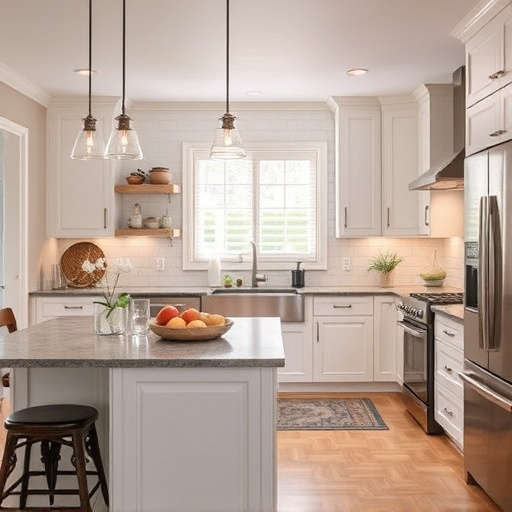
When embarking on a custom remodel project for aging in place, several practical considerations come into play to ensure its successful implementation. These include assessing the client’s specific needs and mobility challenges, understanding regulatory requirements for accessibility, and selecting suitable materials that offer both functionality and aesthetic appeal. For instance, incorporating grab bars in bathrooms, installing ramps or lifts, and widening doorframes are common adaptations that enhance accessibility without compromising design.
Additionally, planning a multi-room remodel or whole house remodels requires careful coordination among various trades to ensure seamless integration of new features. Interior painting is a versatile tool for updating spaces while adding visual interest and can be tailored to accommodate specific lighting needs or mobility aids. By prioritizing these practical aspects, custom remodel projects can create safe, comfortable, and visually pleasing living environments that support seniors in staying in their homes comfortably and independently.
Aging in place has become a meaningful choice for many, and custom remodel projects play a pivotal role in making this possible. By implementing thoughtful design strategies that cater to elderly comfort, we can create living spaces that are both functional and inviting. Through careful planning, considering practical aspects, and utilizing tailored solutions, it’s feasible to enhance the quality of life for seniors while ensuring their safety and independence. Custom remodel projects, when executed effectively, offer a unique opportunity to transform homes into truly comfortable and accessible environments for every stage of life.








